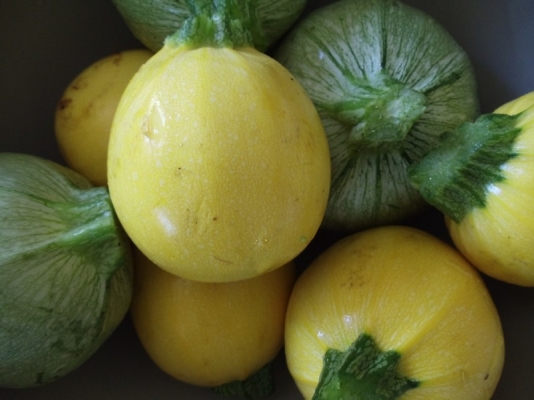General Information
It is a warm season crop and is an herbaceous annual vine. Its fruits come in variety of shape, size and color. The crop belongs to the family of Cucurbitaceae. It is a rich source of Vitamin A, calcium and phosphorus. It can be grown in polyhouse, greenhouse and shade net house. It also has health benefits such as it helps managing diabetes, good for asthma patients, heart patients, eyes and skin diseases and for bone health. It has antimicrobial, antiseptic and antifungal properties.







